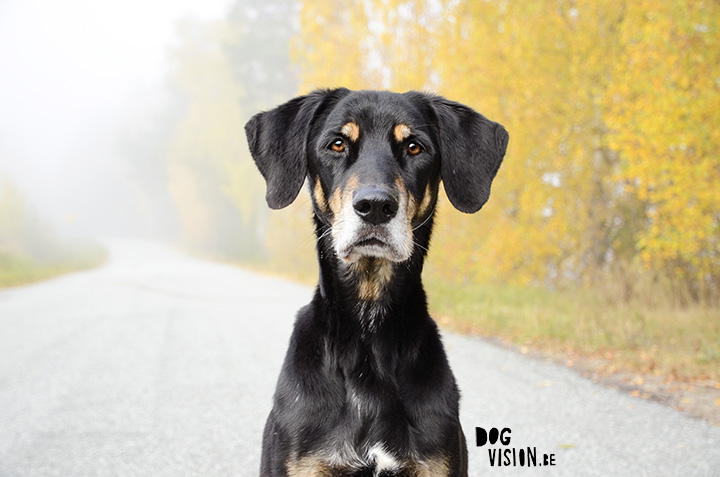
We photograph our surroundings, our favorite places, people and our furry friends because we want to keep and cherish the beautiful memories. With our dogs we often we focus on capturing perfect portraits where they sit up nicely and look straight at the camera. In a way this is makes sense as through the eyes we make contact with our subject. We want this perfect lovable moment forever.
Yet there is a lot of beauty to find in moments where the gaze wanders away. To a river to jump in perhaps, or a toy in the grass. Or maybe a puddle to bath in!
Except from gaining a more lively series of images that looks more interesting, experimenting with different setups will add a story to you photographs. When your subject isn’t looking at the camera it leaves you wondering: what is he looking at? A little tension is added, your curiosity triggered (even if it’s just unconsciously) and there might be even some imbalance.
Sounds like an exciting ingredient to play with, isn’t it?
One of the things you have to consider when your subject isn’t looking at the camera is the Rule of Space.
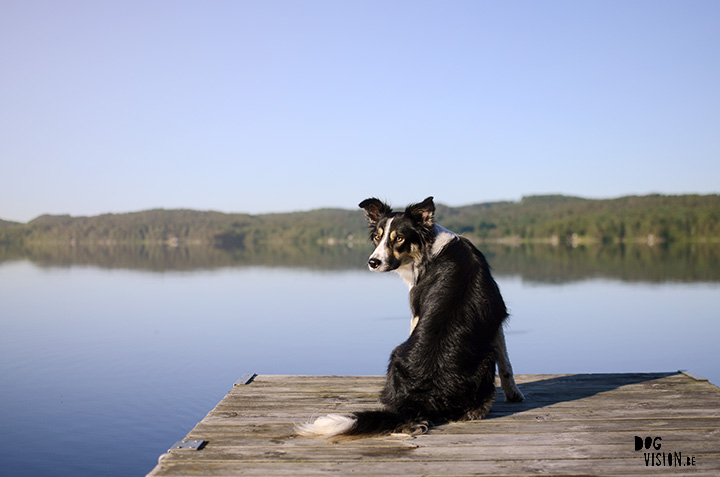
The Rule of Space, what is it?
Sounds very serious but it’s mostly a guideline to help you with the composition of your image. The rule states that every subject needs some space and whenever this subjct isn’t looking straight at the camera, there should be some space for your subject to look into. As a viewer we will automatically follow the gaze or the direction of movement of the subject.
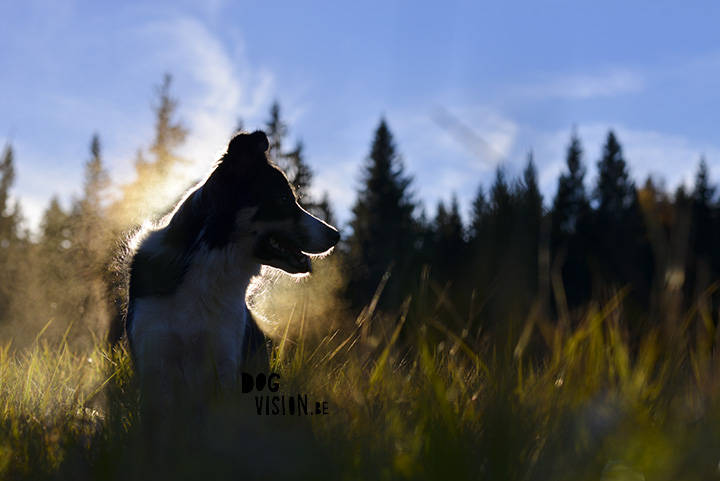
How to make the rule of space work?
Everyone need some space, I call it space to breath. Literally of course but definitely also visually. If your dogs is sitting in front of you and he looks to the left, you can leave some more active space on that side of your dog, giving him the space to breath and giving the viewer the opportunity to let the gaze wander in the same direction. This results in a well-balanced image and prevents an uncomfortable and claustrophobic from when the nose would lean towards the edges of the photograph. The more your dog looks to one side (and the longer his nose) the more important this space he will be.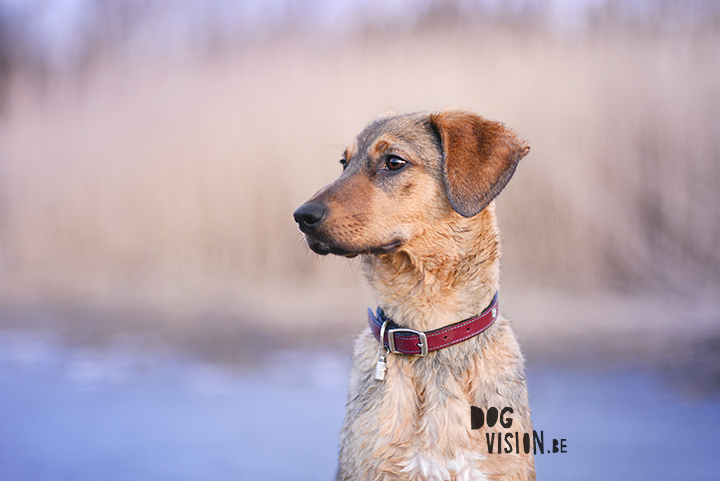
You can also use this strategy for action photography by leaving more space in the direction where your dog in moving towards. This accentuates the movement, purpose and destination of the motion.
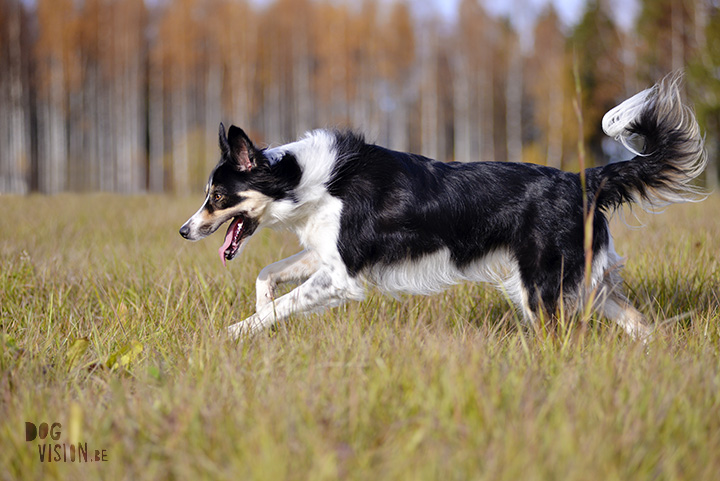
Leaving some active space doesn’t mean that you always have to reveal what your dog is looking at. You can use it simply as a strategy to keep a visual balance and make portraits with neutral backgrounds.
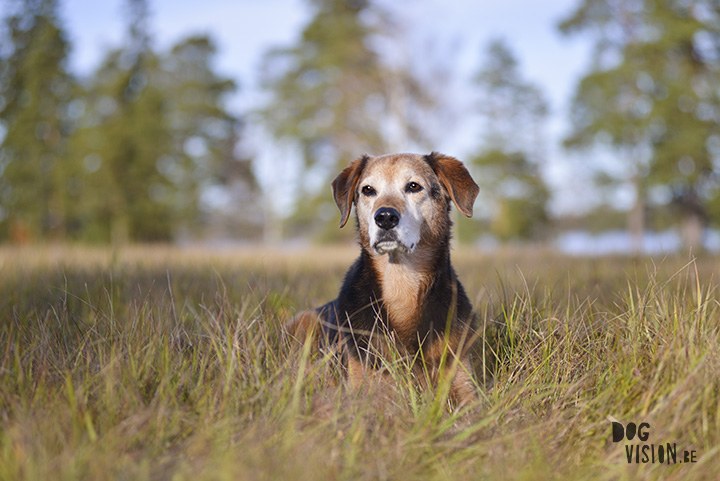
Another challenge is using the active space to make your dog interact with the surroundings. This way you translate a moment into a story, telling something about what was going on at that exact moment.
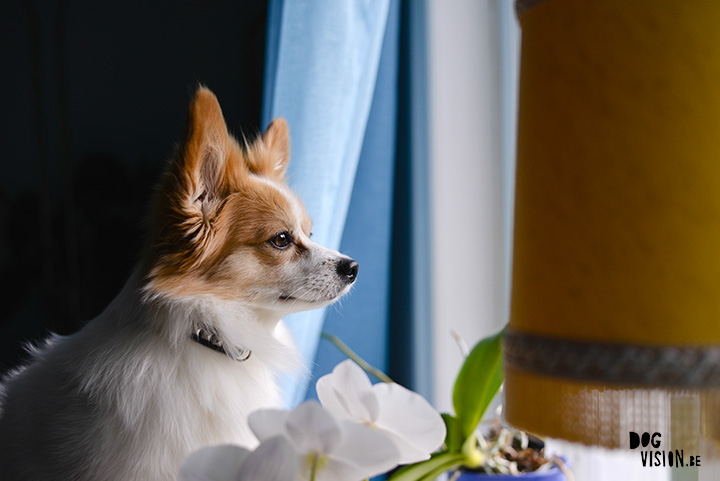
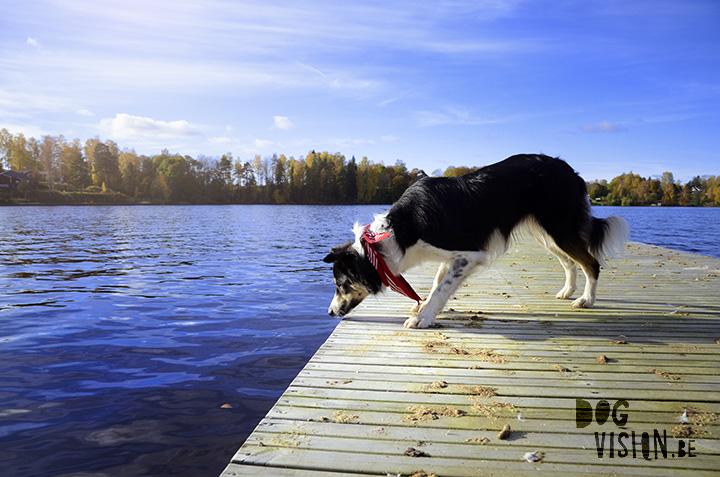
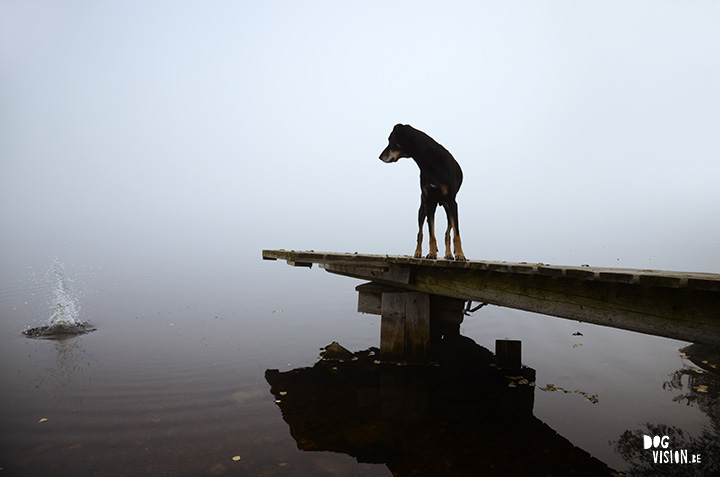
The Rule of Space:
– balances your image
– gives your subject a purpose and destination
– gives your subject the opportunity to interact with the surroundings
– depends on how your dog looks to the left or right and the length of his nose.
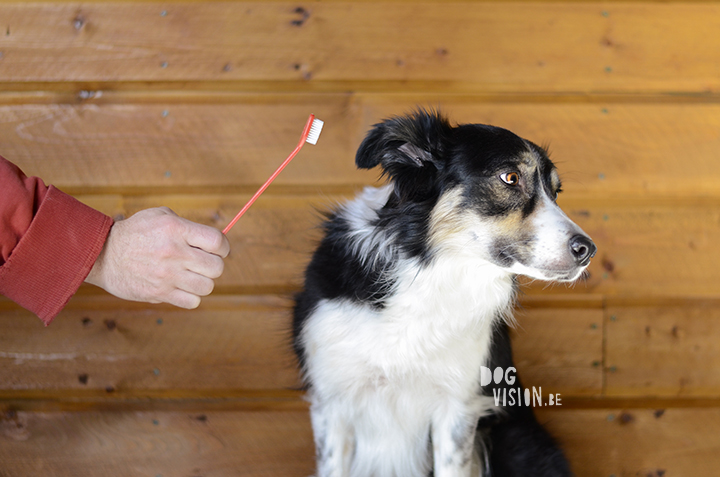
PS: Just like any other rule or strategy, there is always the possibility to play with it or to go against it. There are many rules or I would rather call it guidelines or strategies and the result always depends on the moment.
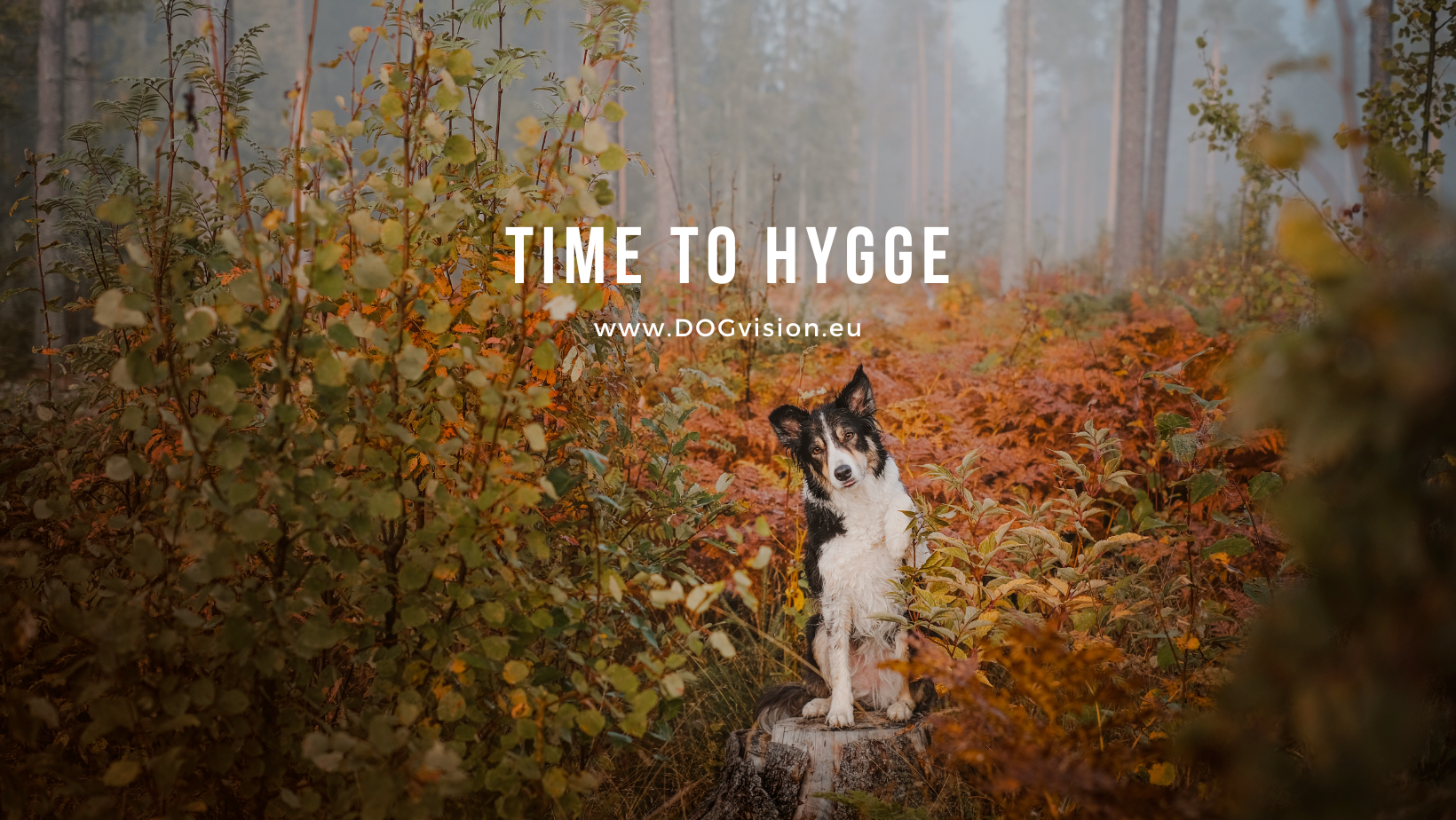
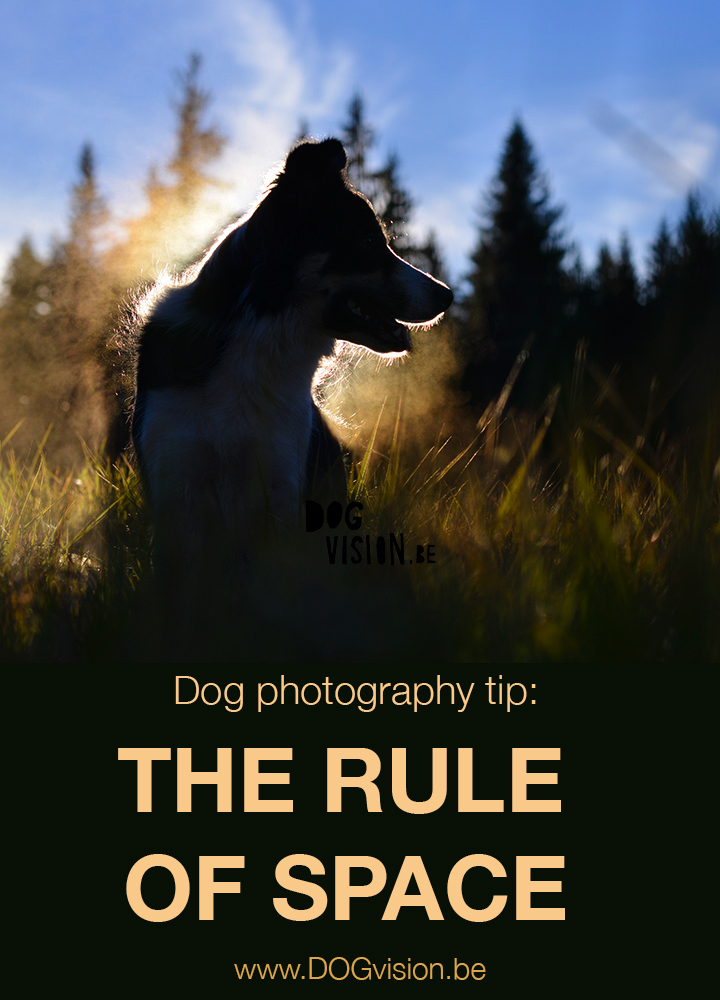
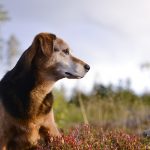
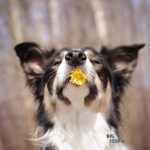
1 Comment
Pingback: Dog photography 101 – DOGvision